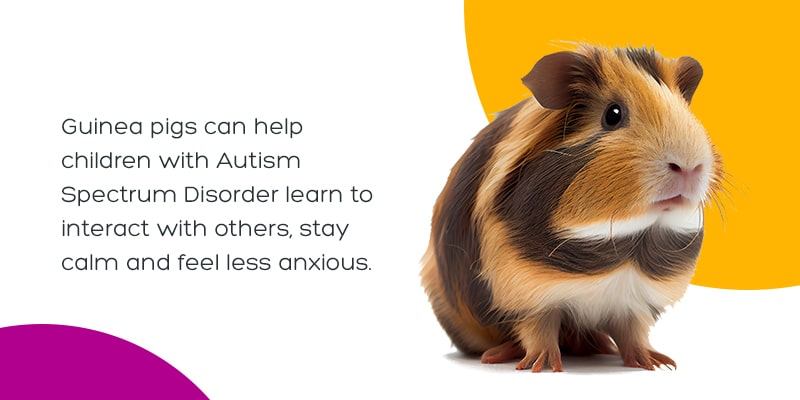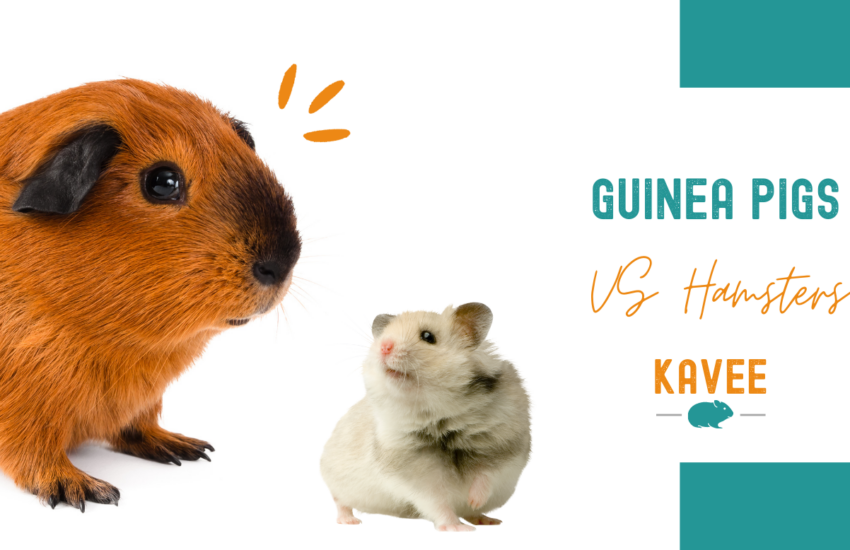Best Hamster for Social Play
When it comes to choosing the best hamster for social play, several species stand out as ideal companions. Hamsters are known for their playful and curious nature, making them popular pets. However, understanding their social behaviors and knowing which hamsters thrive in social environments is crucial for pet owners. In this article, we will explore the best hamster breeds, their temperaments, and tips on how to engage them in social play.
Understanding Hamster Breeds and Their Temperament
Knowing the different hamster breeds is vital when selecting a pet that enjoys social interaction. Some species are more inclined towards sociability, while others prefer solitude. The most common types of hamsters include the Syrian hamster, Dwarf Campbell’s hamster, and Roborovski hamster. Each breed has distinct characteristics that influence their suitability for social play.
1. Syrian Hamster
Syrian hamsters, also known as golden hamsters, are perhaps the most well-known and suitable for social play. Despite being solitary by nature, they develop strong bonds with their owners when handled frequently. A Syrian hamster can enjoy interactive playtime outside their cage, making them a delightful companion. Engaging in gentle play, like allowing them to run in a hamster ball or exploring new environments safely, can foster a trusting relationship. Their larger size also makes them easier to handle, beneficial for children and novice owners.

2. Dwarf Campbell’s Hamster
Dwarf Campbell’s hamsters are significantly smaller than Syrian hamsters and are more social by nature. They tend to live in pairs or groups, especially when introduced at a young age. The sociable nature of Campbell’s hamsters makes them an excellent choice for interactive play. It is essential to monitor their interactions with other hamsters to prevent fights, especially if they are not from the same litter. Providing enough space and hiding spots in their enclosure encourages natural behavior and reduces territorial disputes.
3. Roborovski Hamster
Roborovski hamsters are among the smallest hamster breeds and are known for their energetic and curious nature. They can be social pets; however, they prefer interaction with their kind rather than humans. When housed in pairs or groups, Roborovski hamsters engage in playful behaviors, like chasing each other and grooming. For individual playtime, gentle handling, and building trust through treats can help foster a strong bond with your Roborovski hamster.
Setting Up a Stimulating Environment for Play
Creating a stimulating environment for your hamster is vital for encouraging social play. It’s essential to provide a spacious cage design that incorporates different levels and hiding spots. The more varied the environment, the more engaged your hamster will be.
1. Enrichment Ideas
To enhance their play experience, consider adding tunnels, chew toys, and climbing structures to their habitat. *Rotational toys* keep hamsters entertained and can increase their activity levels. Introducing a wheel encourages exercise, while foraging toys can simulate natural behaviors, keeping them engaged and healthy. Remember to rotate toys regularly to add novelty and excitement.
2. Supervised Playtime
Supervised playtime outside the cage significantly enhances the social play experience for hamsters. Setting aside time for them to explore a safe, confined area stimulates curiosity and allows for interaction. Using *treats* as rewards during play can reinforce positive behavior, building a connection with your pet. Ensure you create a safe space by removing any potential hazards during playtime.
Building Bonding with Your Hamster
Bonding with your hamster is crucial to developing a trusting relationship that encourages social play. Different methods can aid in building this bond.
1. Consistent Handling
Capture your hamster’s trust through consistent and gentle handling. Begin by offering treats from your hand, allowing them to come to you at their own pace. Gradually introduce short handling sessions while ensuring your hamster feels comfortable. Recognizing your pet’s body language is essential; many hamsters may become stressed if handled improperly. This gradual approach forms a strong foundation for social interaction.
2. Interactive Training Techniques
Training your hamster using simple commands can be both stimulating and enjoyable. Use positive reinforcement techniques where treats reward success, making learning fun. For example, teaching your hamster to come when called by recognizing their name can lead to interactive play. In time, your hamster will associate your voice with positive experiences, deepening your bond and encouraging social play.
Key Takeaways
- Syrian, Dwarf Campbell’s, and Roborovski hamsters are ideal for various levels of social play.
- Creating a stimulating environment with toys and safe play areas will enhance your hamster’s playtime.
- Gentle handling and interactive training techniques help foster a strong bond with your hamster.
- Always supervise your hamster during free play to ensure safety and prevent territorial conflicts.
FAQ
1. Can hamsters be played with other pets?
While it’s possible for hamsters to interact with other small pets, such as guinea pigs, it is generally not recommended. Hamsters have different social needs and can be territorial. Always supervise any interactions and separate them if aggression occurs.
2. How often should I play with my hamster?
Regular interaction is important; consider spending at least 20-30 minutes daily engaging with your hamster. This includes supervised playtime outside the cage, gentle handling, and interactive play sessions to build trust and sociality.
3. What signs indicate a hamster is feeling stressed?
Common signs of stress in hamsters include excessive grooming, hiding, biting, or aggressive behavior. If your hamster exhibits these behaviors, reassess their environment or handling strategies to enhance their comfort and reduce stress.
4. How can I tell if my hamster enjoys playtime?
An enthusiastic hamster may run frequently, explore actively, or exhibit playful behaviors like jumping and climbing. If your hamster appears relaxed and engages with toys or interacts with you positively, it likely enjoys playtime.
5. Are all hamster breeds suitable for children?
While some breeds like Syrian hamsters are known to be more tolerant, it’s essential to consider children’s understanding and handling. Adult supervision during interactions is vital to ensuring that both the children and the hamsters are safe and comfortable.
Choosing the right hamster and creating an engaging environment can lead to enjoyable interactions that enhance your pet ownership experience. Social play not only benefits your hamster’s physical health but also strengthens the bond between you and your furry friend.
